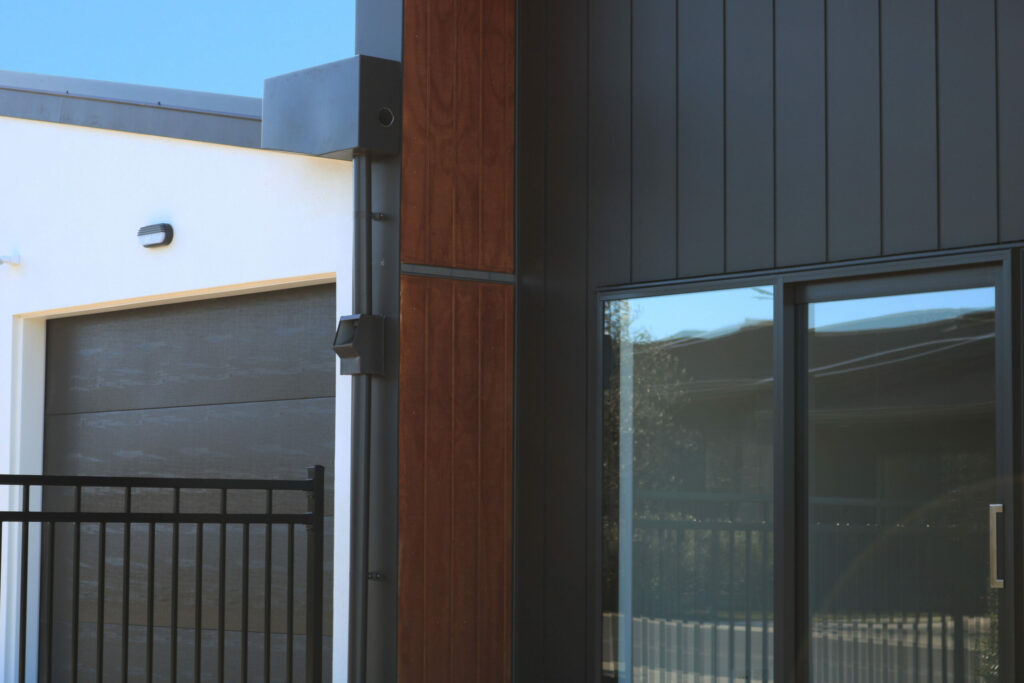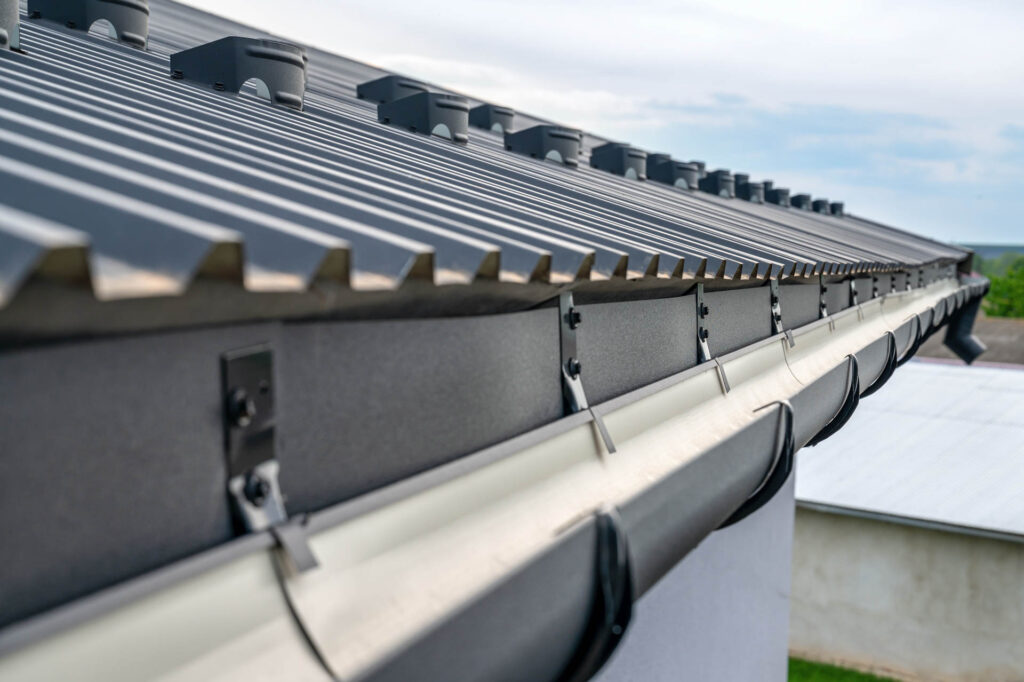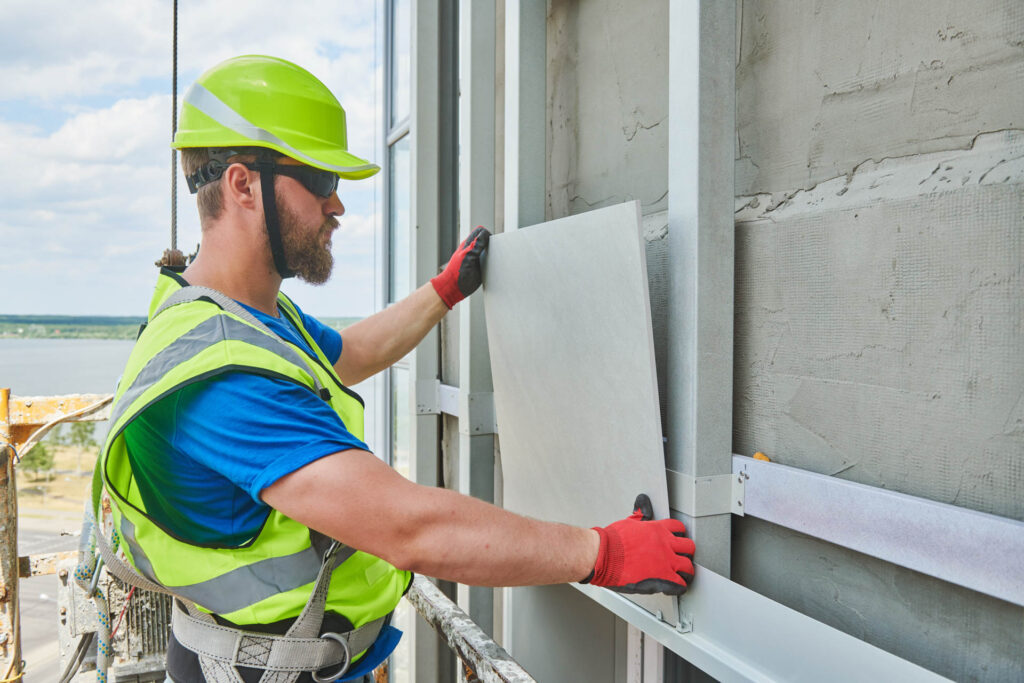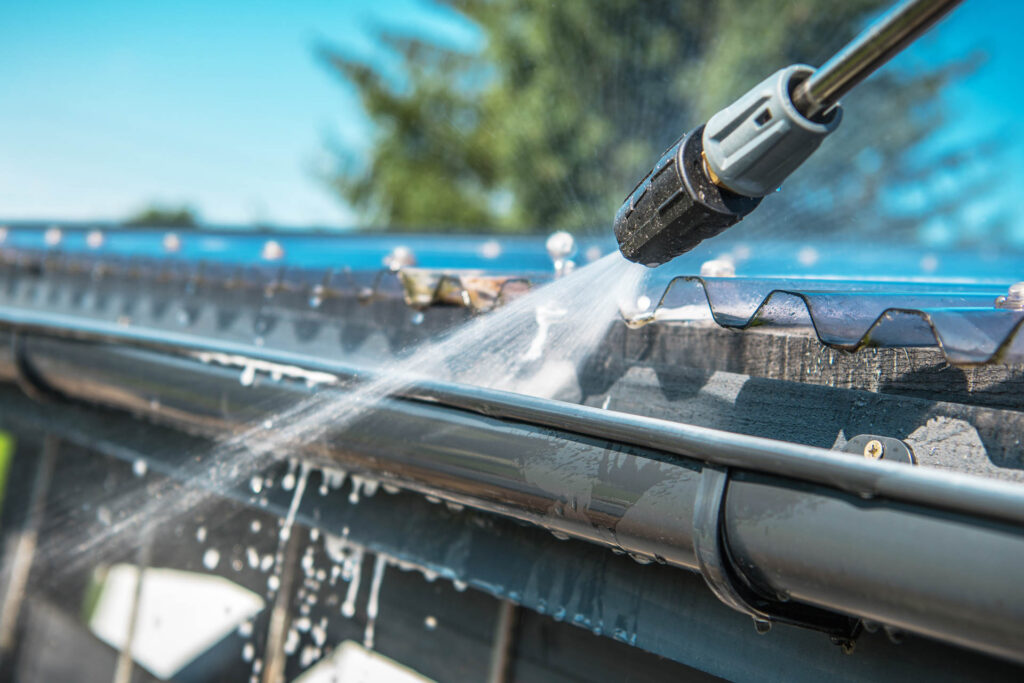To Reclad or Not to Reclad – That is the Question!
Owning a home is one of the most significant investments you’ll ever make, and maintaining its integrity is key to ensuring its value. In Auckland, homes are often exposed to high humidity, intense rainfall, and the occasional storm, making weathertightness an essential consideration. One question that frequently arises when assessing the condition of a home’s exterior is: Should you reclad or not?
Let’s break it down to help you make an informed decision.
What is Recladding?
Recladding involves replacing the exterior cladding of a building, typically when the original cladding has failed to provide the necessary protection against weather elements. It’s a process designed to restore a building’s structural integrity, improve aesthetics, and ensure the home remains safe, dry, and up to code.
Why Reclad?
1. Weathertightness Issues
Moisture ingress is one of the leading causes of structural damage in homes. Over time, water can penetrate faulty or worn-out cladding, leading to mould, rot, and even structural weakening. If left unaddressed, this can become a costly repair. Recladding ensures your home remains dry and protected from Auckland’s unpredictable weather.
2. Compliance with Building Codes
If your home was built during the “leaky home” era (1990s to mid-2000s), there’s a chance it may not meet modern weathertightness standards. Recladding can bring your home up to compliance with current building codes, enhancing both safety and resale value.
3. Aesthetic Upgrade
A reclad can significantly enhance the look of your home, giving it a fresh, modern appearance. Whether you’re planning to sell or just want to revitalize your property, recladding can add value by improving curb appeal.
When Should You Consider Recladding?
It’s not always easy to determine when a reclad is necessary. However, here are some signs that should prompt a closer inspection:
- Visible cracks or gaps in the cladding or around windows and doors.
- Water stains or dampness inside the house.
- Peeling paint or swollen walls, indicating moisture trapped beneath the surface.
- Mould or mildew around the exterior or in areas of the home.
If any of these signs appear, it might be time to consider recladding. A qualified building inspector or weathertightness specialist can assess the extent of the damage and recommend a course of action.
The Cost of Recladding
Recladding is a significant investment, but it’s important to weigh this against the long-term costs of ignoring a potential issue. The cost will vary depending on the size of your home, the type of cladding used, and whether additional structural repairs are required. While it may seem like a large upfront cost, recladding can save you from even more expensive repairs down the line.
Alternatives to Recladding
If the damage is minimal, full recladding may not be necessary. Sometimes, targeted repairs or maintenance can address weathertightness issues. However, this depends on the extent of the damage and the age of your home. Regular inspections and proactive maintenance are crucial in catching issues before they escalate.
Is Recladding Right for You?
Deciding whether to reclad or not is a big decision, but it’s one that can have long-term benefits for your home’s health, safety, and value. If you suspect weathertightness issues or simply want to modernise your home’s appearance, recladding may be the best option.
At SoundHomes, we specialise in weathertightness solutions tailored for Auckland homes. If you’re unsure about the state of your cladding or need expert advice, we’re here to help. Contact us for a thorough inspection and professional guidance on whether recladding is the right step for your home.





